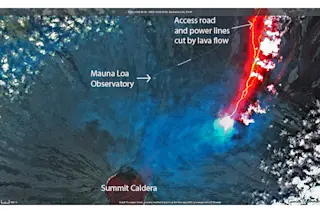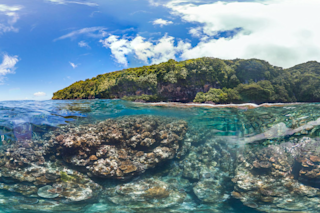NASA Goddard sea ice scientist Jeremy Harbeck shot this image of an iceberg calving from the Getz Ice Shelf during a recent Operation IceBridge flight. (Credit: Jeremy Harbeck/NASA) Last year, an iceberg the size of Manhattan calved off the vast Getz Ice Shelf in West Antarctica and pushed off into the ocean. The shoreline cliffs of this frosty new island, dubbed Iceberg B-34, would rise hundreds of feet above the surface, and stretch some 1,000 feet below the Amundsen Sea. And yet, this sensational event pales in comparison to the persistent melt here. An ice shelf forms where inland glaciers meet the ocean. Here, sheets of ice slowly slide off land, where they permanently float atop the sea. At land’s edge, these shelves can be more than half a mile thick. These features are critical brakes on melting land ice because they slow its journey to the sea. And Getz ...
Up Close With a Calving Antarctic Iceberg
Witness the captivating Operation IceBridge flight revealing iceberg calving at the Getz Ice Shelf—vital for understanding Antarctic ice change.
More on Discover
Stay Curious
SubscribeTo The Magazine
Save up to 40% off the cover price when you subscribe to Discover magazine.
Subscribe













